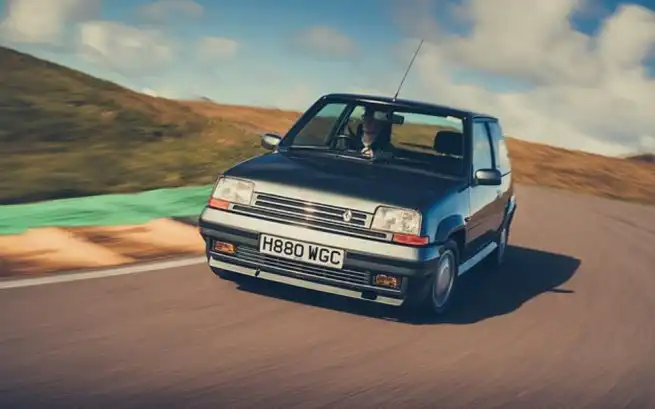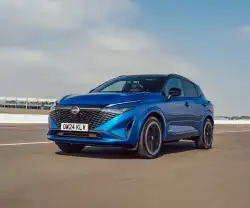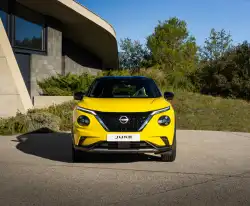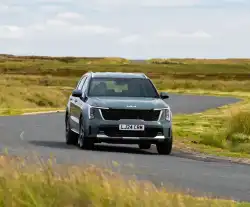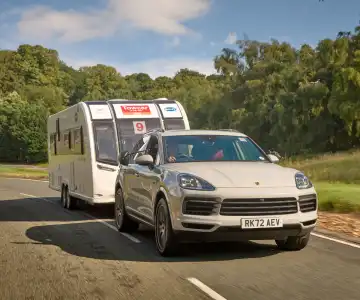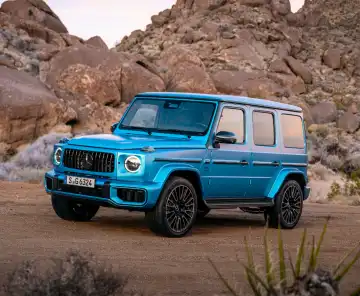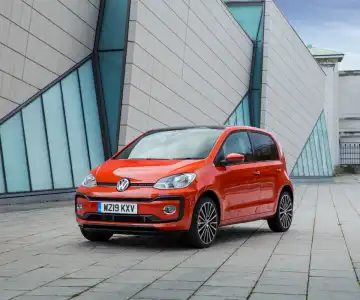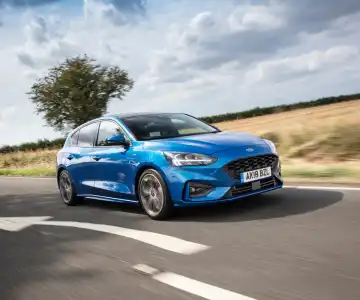These 12 cars turn 40 in 2025 – are they worth collecting?
12. Alfa Romeo 75 (1985-1992)
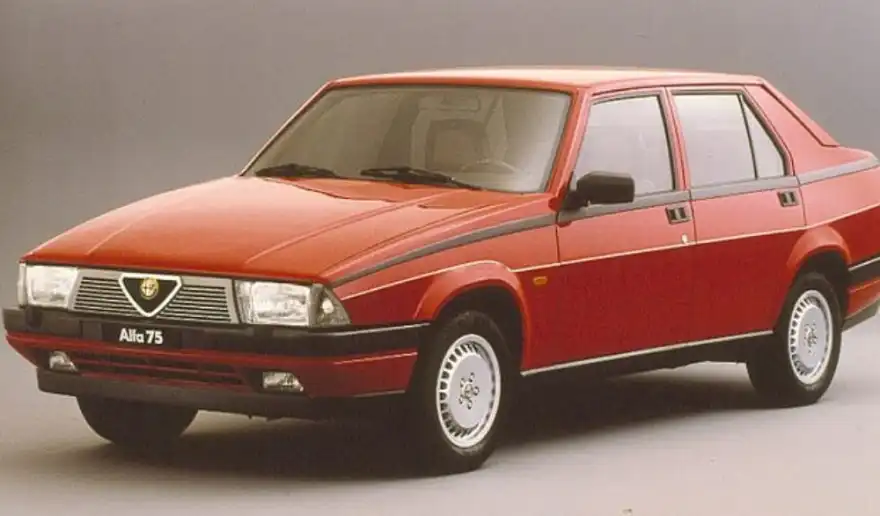
Alfa Romeo introduced the 75 in celebration of its 75th anniversary, which also inspired the model’s name. It was designed to replace the Giulietta and marked the brand’s final rear-wheel-drive saloon until the modern Giulia arrived in 2016. It also holds the distinction of being the last Alfa launched before Fiat took ownership of the company from the Italian government in 1986.
Like its predecessors—the Alfetta, Alfa Six, and the earlier Giulietta—the 75 featured a transaxle setup, combining the gearbox and differential into a single unit. This configuration gave it a near-perfect 50:50 weight distribution. While the V6 versions are highly sought after and praised for their character, many consider the 2.0-litre Twin Spark variants to offer a sharper driving experience.
The 75 also came with some quirky design touches, including a distinctive U-shaped handbrake and switchgear mounted in the roof above the driver.
It’s definitely a car that falls into the collectable category, but tracking down a well-preserved example is no easy feat. Most have been heavily modified or poorly treated. For those determined enough to find a pristine V6 model, be prepared to pay around £16,000, according to classic car insurer Hagerty.
11. Bentley Turbo R (1985-1997)
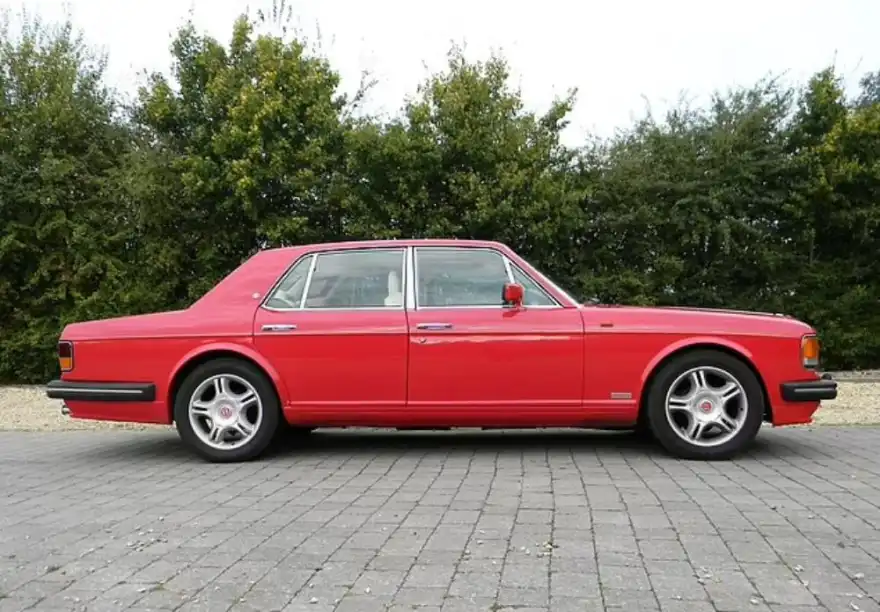
The Turbo R arrived during a period when Bentley was working to carve out its own identity in the market, despite still being under Rolls-Royce ownership—a partnership that continued until 1998.
Originally launched in 1982 as the Mulsanne Turbo, the car featured a 6.8-litre V8 engine paired with a Garrett turbocharger, which boosted output by 50% to 300bhp.
In 1985, Bentley rebranded the model as the Turbo R. The introduction of fuel injection added an extra 30bhp, while significant chassis tweaks—most notably stiffer suspension—helped turn this luxurious heavyweight into a genuinely capable driver's car.
Today, the Turbo R is considered a true classic, but it remains surprisingly accessible in terms of price. Even well-preserved, low-mileage examples in near showroom condition rarely exceed £25,000, according to Hagerty.
However, what you save upfront might quickly disappear at the fuel pump. Drive it regularly and you’ll be looking at a thirst that averages just 14mpg.
10. BMW (E28) M5 (1985-1988)

There’s no question that this car is a bona fide classic.
Launched in 1985, the E28 M5 marked BMW’s first M-division take on the 5 Series executive saloon—and it arrived with a serious statement of intent.
When it hit UK roads, it was the fastest four-door car money could buy. With a top speed of 156mph, even many of the era’s top-tier performance machines couldn’t keep pace with this German powerhouse.
Under the bonnet sat a six-cylinder, 24-valve engine producing 286bhp—borrowed straight from the iconic M1 supercar. In fact, this practical saloon had more muscle than Ferrari’s 328 at the time.
It laid the foundation for the legendary M5 lineage that continues to this day, with the E28 standing as the car that started it all.
Original examples today fetch between £17,000 and £72,000, depending on their condition and provenance.
9. Ford Escort RS Turbo (1985-1990)
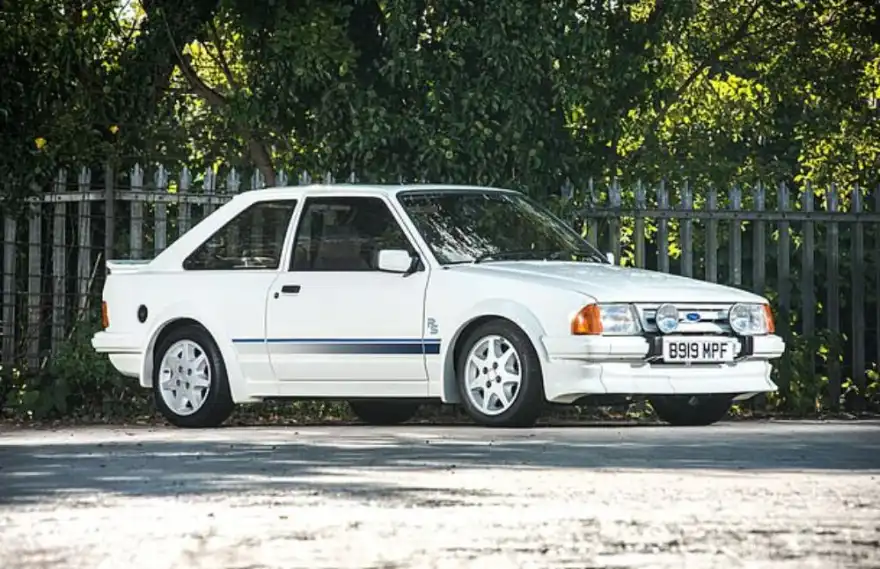
The Ford Escort RS Turbo was a product of the 'homologation' era—when manufacturers had to build road-going versions of their high-performance models in order to compete in motorsport.
Mechanically, it borrowed the best bits from the XR3i and RS1600i, the models it was based on. But the big upgrade came from the addition of a Garrett T3 turbocharger, which boosted the 1.6-litre engine to 132bhp. True to the era, it came with a noticeable dose of turbo lag, but still managed a claimed top speed of 125mph.
Visually, the RS Turbo stood out thanks to its unique seven-spoke RS alloys and a more aggressive bodykit complete with aerodynamic tweaks—cementing its status as the ultimate '80s boy racer's dream.
The Series 1 was only in production for a year before the Series 2 took over. Ford initially planned to build 5,000 examples to meet Group A homologation rules, but soaring demand saw 8,604 units roll off the line—nearly all finished in the now-iconic Diamond White.
Today, fast Fords from this era are highly sought after, and the Series 1 RS Turbo is a serious collector’s item. Values have been skewed somewhat by the record-breaking sale of the most famous of the bunch: a one-off black Series 1 delivered to Princess Diana, which fetched an astonishing £650,000 at auction in August 2022.
8. Ford RS200 (1985-1986)
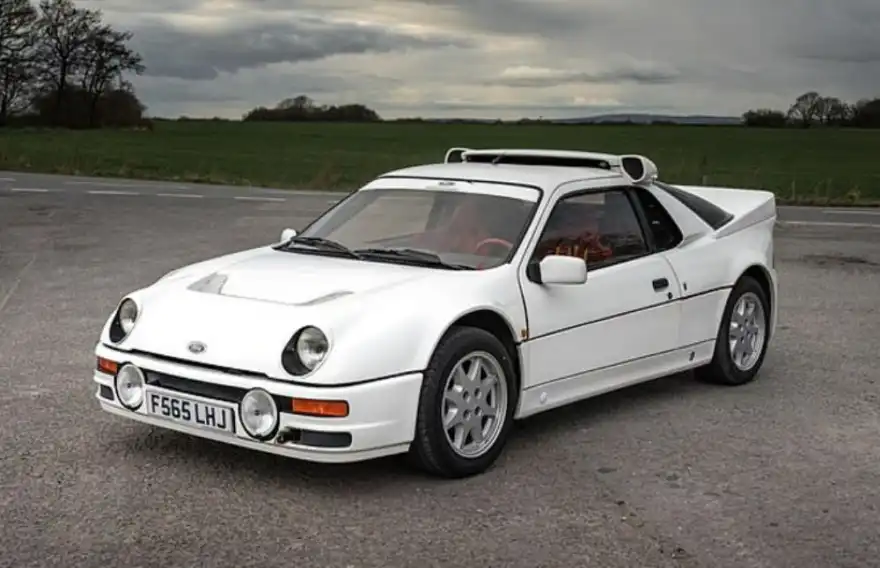
Motorsport fans who can cast their minds back to the mid-1980s will likely recall one of rallying’s most iconic chapters—the legendary Group B era of the World Rally Championship.
By 1984, the series was in full swing, with titans like the Audi Quattro Sport, Lancia 037, Renault 5 Turbo, and the fearsome Peugeot 205 T16 leading the charge. But that same year, a bold newcomer entered the scene with a radically different approach.
While Audi, Peugeot, and Renault based their entries—albeit loosely—on road-going models, Ford followed Lancia’s lead and opted to build a purebred rally car from the ground up. To comply with Group B regulations, they produced 200 road-legal versions to homologate the racer.
The result? The mid-engined RS200. Unlike anything else Ford had built, it was designed to bring the brand back to rallying glory, picking up the mantle left by the legendary Escort RS1800.
Production of the road-spec RS200 began in 1984, with the first cars rolling out by October 1985 and reaching buyers before the year’s end. Priced at £49,995, the road-going RS200 looked just as wild as its competition counterpart, though its performance was slightly toned down. Most examples were fitted with a 1.8-litre turbocharged Cosworth engine producing 246bhp—still plenty of punch for a car weighing just 1,180kg and featuring four-wheel drive.
As for today’s values? These ultra-rare machines have become serious collector gold. At the 2022 Retromobile auction hosted by Artcurial Motorcars, a street-legal RS200 sold for a staggering £250,000.
7. Peugeot 309 (1985-1993)
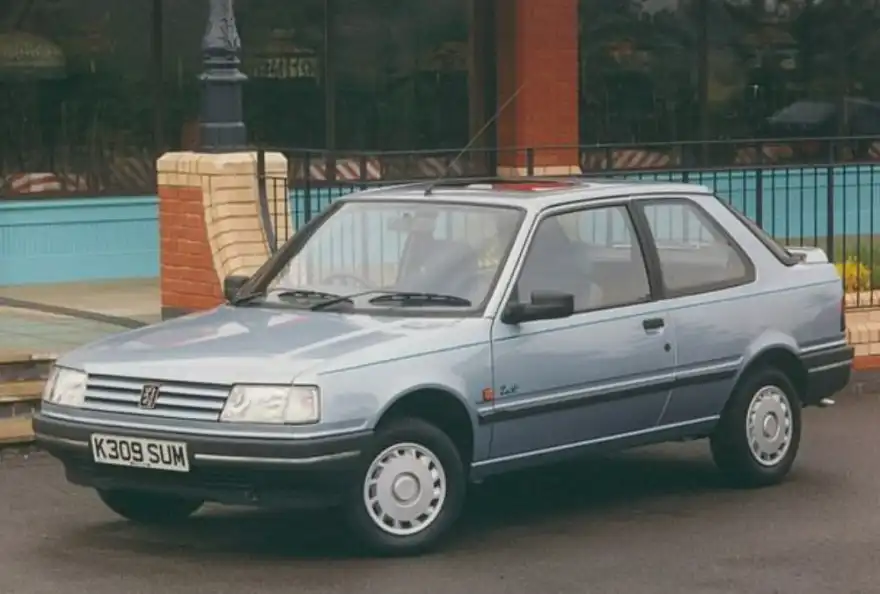
It may wear a French Peugeot badge, but the 309 actually has British roots. It was designed at Peugeot’s UK studio in Whitley—now home to Jaguar Land Rover’s headquarters and engineering centre.
Originally intended to be launched as a Talbot, the car was rebranded as a Peugeot shortly before its debut, following a strategic decision by the parent company.
Underneath, it used a stretched version of the platform that supported the iconic 205. While left-hand-drive versions were produced in France, right-hand-drive models for the UK were built at the Ryton plant near Coventry.
The first British-market 309 rolled off the production line in October 1985, with official sales beginning in early 1986.
A performance GTi version joined the range in 1987, powered by the same 128bhp 1.9-litre four-cylinder engine found in the legendary 205 GTi. Though it never quite achieved the same cult status, many enthusiasts argue the 309 GTi was actually the more complete driver's car.
Today, there’s still a small but passionate following. A UK-based Peugeot 309 owner’s club on Facebook boasts over 2,200 members. That said, while it’s appreciated by fans, it hasn’t quite earned the title of a true collectable classic—at least, not yet.
6. Porsche 944 Turbo (1985-1990)
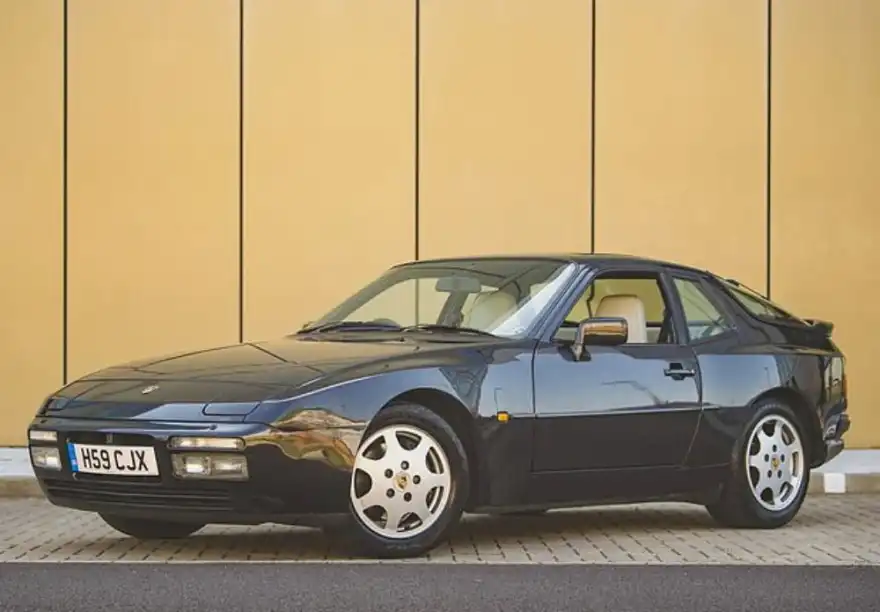
The 944 was one of Porsche’s top-selling models throughout the 1980s—and for good reason.
With its pop-up headlights, distinctive styling that set it apart from the 911, and a more accessible price point, it was seen as the perfect introduction to Porsche ownership.
Launched in 1982 and inspired by a successful Le Mans prototype, the 944 was the third Porsche to adopt a transaxle layout, combining a front-mounted engine with a rear-mounted transmission—using the same five-speed gearbox found in the 911.
In January 1985, Porsche introduced the Turbo version, which arrived in UK showrooms that November.
It packed a 2.5-litre four-cylinder engine paired with the turbocharger from the 911 Turbo, delivering 220bhp. The later Turbo S variant pushed that up to 250bhp. Both versions also benefited from Brembo brakes borrowed straight from the 911 production line.
For years, values remained relatively modest—but a growing wave of nostalgia has driven prices upward. Today, expect to pay around £31,000 for a well-kept example of this now highly collectable '80s Porsche.
5. Renault 5 GT Turbo (1985-1991)
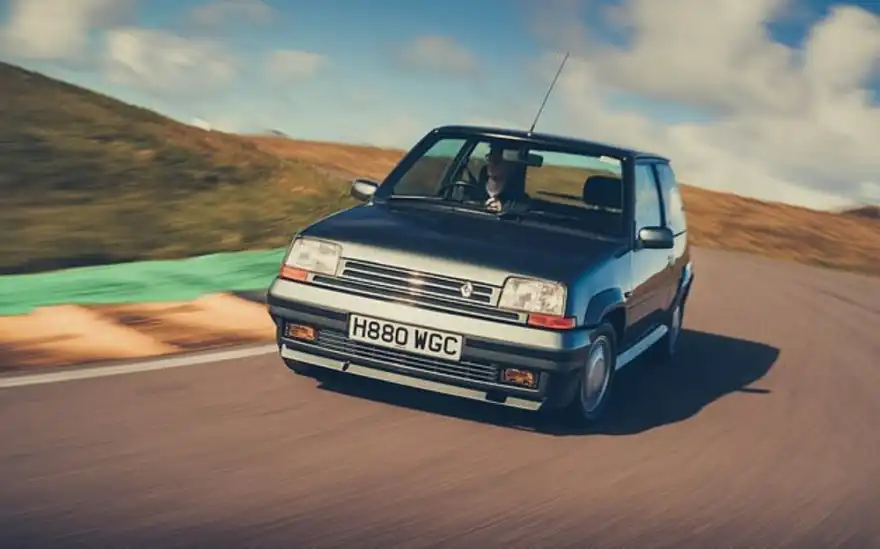
The Renault 5 Turbo story began in 1980—and it's recently been reborn as the all-electric 5 E-Tech in 2024. But the more accessible hot hatch that really captured the imagination came five years later: the Renault 5 GT Turbo, launched during rallying’s most electrifying era.
The original 5 Turbo was a wild, wide-arched machine, with a mid-mounted 1.4-litre engine delivering 158bhp to the rear wheels. Rally versions—like the one Jean Ragnotti used to win the 1981 Monte Carlo Rally—pushed out more than twice that.
By the time Group B took hold in 1982, Renault shifted strategy. Instead of building another exotic, it turbocharged its front-engine, front-wheel-drive Renault 5 hatch, giving rise to the GT Turbo.
Now that '80s and early '90s hot hatches are fast becoming the modern classics of choice, there's plenty of attention on this era. Models like the Mk1 Golf GTI, Peugeot 205 GTI, and Ford Escort XR3i have seen sharp rises in value. The 5 GT Turbo, though, has lagged slightly behind in the price race.
That said, a great example in 2025 can still be picked up for around £18,000—leaving room for future growth. With its flared arches, punchy 115bhp engine, and iconic Renault 5 silhouette, it’s a car that could prove to be a smart collector’s buy.
4. Renault Espace (1985-1991)
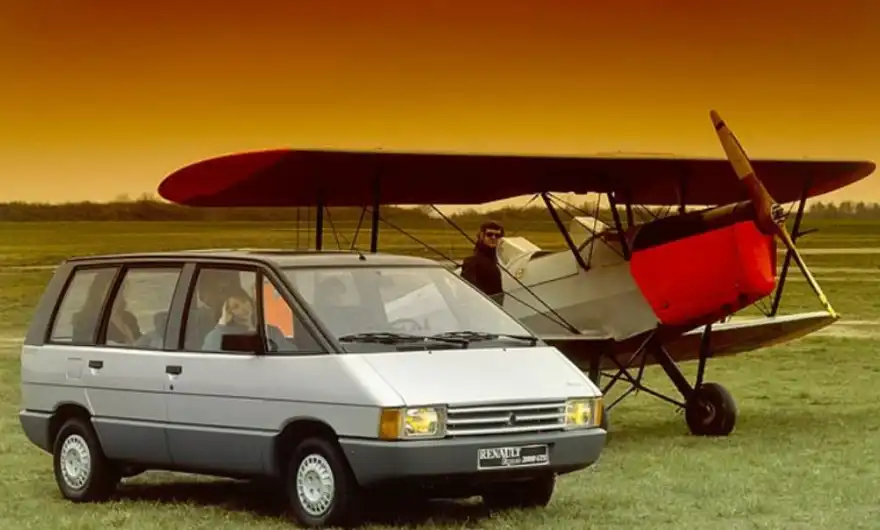
Often seen as the original MPV, the Renault Espace took a decade to develop before it hit UK roads in 1985.
The concept was first dreamed up in the 1970s by British designer Fergus Pollock, who was working at Chrysler UK's design centre in Whitley, Coventry (the same place where the Peugeot 309 was designed).
The Espace featured a fibreglass body mounted on a steel spaceframe. Its engine, initially petrol and later diesel, was placed as far forward as possible to create more interior space, making it front-heavy.
It offered impressive flexibility, with seats that could be swapped and removed to suit different needs. The two front seats could spin 180 degrees, and the five rear seats could be taken out individually to increase space for passengers or luggage.
Its large, boxy windows let in plenty of light, making the cabin feel even more spacious. Marketed as the perfect car for large families, it didn’t take off immediately. In its first month, only nine were sold. However, it eventually became the gold standard for MPVs, with six generations produced in total.
Is it a collectable car? Probably not. But is the Mk1 model rare? Absolutely.
3. Saab 9000 (1985-1998)
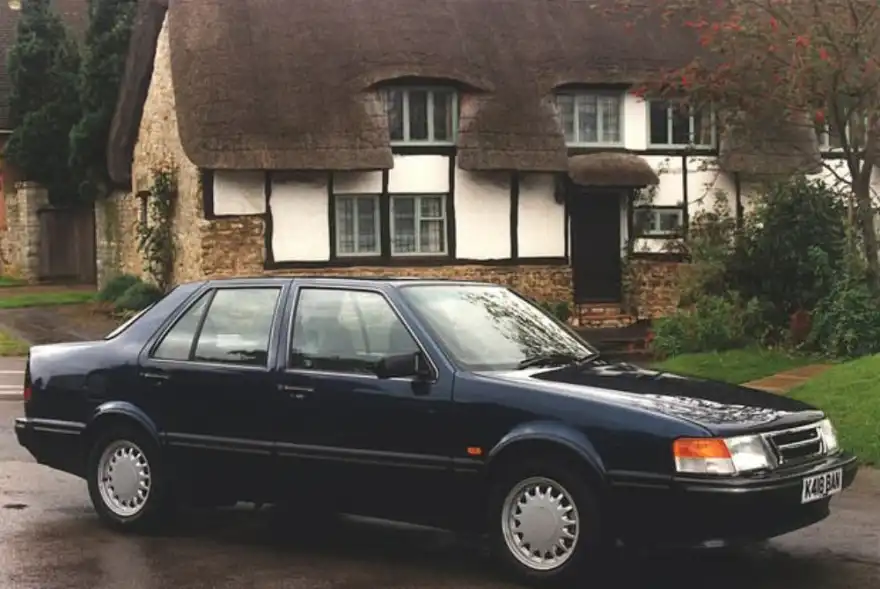
The Saab 9000 was the result of a collaboration between Saab, Fiat, and Lancia to create three sister models. While the partnership had mixed results, the 9000 was a standout success, remaining in production for over a decade.
It first arrived in the UK in 1985 as a five-door, turbocharged 2.0-litre executive hatch. A non-turbo 136bhp version followed a year later, and saloon models debuted in 1988.
Though production continued until 1998, the 9000 saw several updates over the years.
In the early '90s, the car received chassis improvements, including upgraded suspension and standard anti-lock brakes, enhancing its safety. A performance-focused Carlsson model was introduced with a 220bhp 2.3-litre engine, later replaced by the updated Aero model in 1993, which sported a refreshed look.
The 9000 was eventually succeeded by the 9-5 before the turn of the Millennium.
Is it a collectable classic? Probably not.
2. Seat Ibiza (1985-1993)
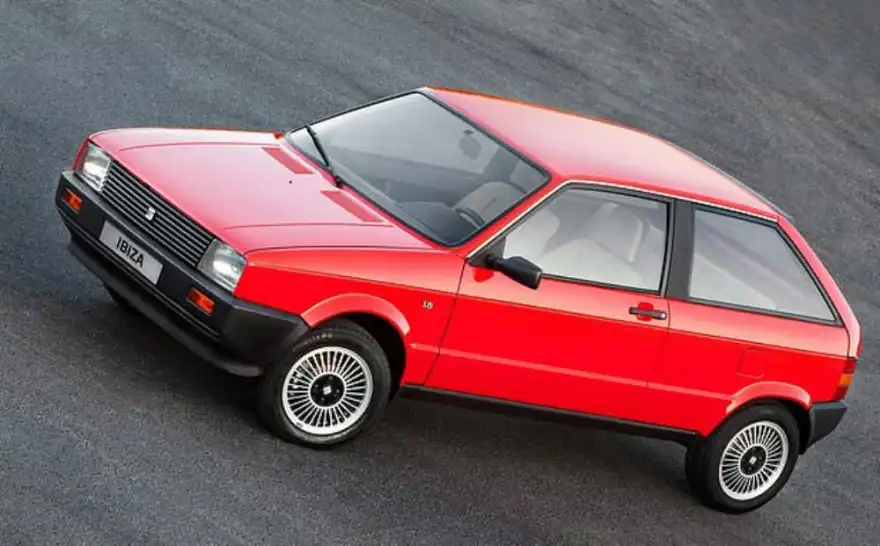
After being acquired by the VW Group from Fiat in 1982, Spain’s largest car brand launched the first-generation Seat Ibiza three years later.
Designed by the renowned Giorgetto Giugiaro, it was a stylish compact car.
It made its UK debut in 1985 as a three-door model, with the option of 1.2 or 1.5-litre petrol engines. A year later, a more practical five-door version was introduced, along with a 1.7-litre diesel engine sourced from Fiat.
While spacious, the Ibiza lagged behind its rivals in terms of interior design and comfort, leading to relatively low sales.
That said, it set the foundation for future Ibizas, with the supermini becoming a popular choice in the UK from the early 2000s.
Is it a true classic? Let’s just say collectors aren’t exactly fighting over them at auctions.
1. Toyota MR2 (1985-1989)

When the MR2 launched in 1984, it shook up the automotive world. Arriving in UK dealerships a year later, it became the first in a line of hugely successful sports cars from Toyota.
At the time, no Japanese manufacturer had dared to produce a compact, mid-engine sports car, especially one that was accessible to the everyday driver.
The MR2 hit the market in 1985 with a 1.6-litre, 16-valve engine, shared with the Corolla GT, delivering ample power for the lightweight sports car. It boasted a top speed of 124mph and could accelerate from 0 to 60mph in just 8.2 seconds, making it faster than many of its competitors at the time.
A supercharged version was released in Japan, though it wasn't officially sold in Europe, despite many being imported. Later in its lifespan, UK models also offered the T-bar roof from the supercharged variant, with panels that could be fully removed.
The MR2 was named Japan’s Car of the Year for 1984-85 and paved the way for two successful generations before production ended in 2007.
Recently, the value of Mk1 MR2s has been rising, going against the grain of trends in the classic car market.
